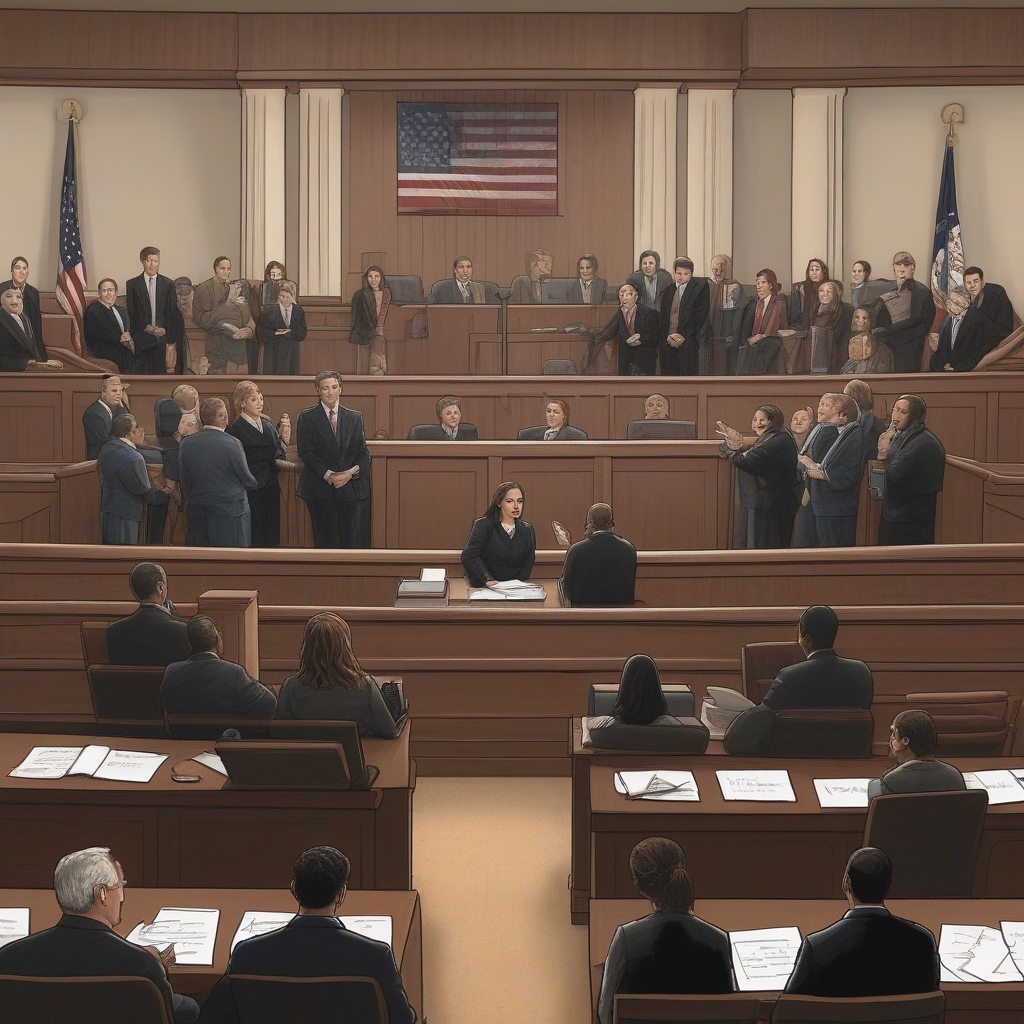**California’s Deepfake Ban Halted by Federal Judge: A Deep Dive**
As digital technology evolves at a breakneck pace, legal frameworks struggle to keep up. In a groundbreaking decision, a federal judge has blocked California’s proposed ban on the use of deepfake technology in election campaigns. **This ruling represents a significant intersection of technology, law, and freedom of speech**, sparking widespread debate over the future of digital content and electoral integrity.
Understanding Deepfake Technology
Deepfake technology, powered by artificial intelligence, allows for the creation of realistic yet manipulated audio and video content. These hyper-realistic fabrications can alter what a person is saying or doing in a video, leading to potential misuse, especially during election periods.
Potential Risks in Elections
**The application of deepfakes in political contexts** raises several concerns:
–
–
–
**These elements highlight the threat to democratic processes**, making the state of California’s attempt to ban such uses understandable.
The Legal Battle: Free Speech vs. Regulation
**The core of the legal battle lies in the tension between regulating false information** and protecting constitutional rights, specifically the First Amendment guarantee of free speech. The California law aimed to protect the integrity of elections by prohibiting the creation and distribution of deceptive audio and video content.
The Judge’s Decision
In the ruling, the federal judge emphasized the following points:
–
–
**Ultimately, the judgment underscored the necessity** for any restriction on speech to be narrow, avoiding potential overreach and collateral damage to free speech rights.
The Broader Implications
This ruling opens the door to a broader conversation about the **role of government in regulating digital spaces** and the extent to which regulation should go in managing technology that has the potential to alter public perception.
Impacts on Future Legislation
**The court’s decision sets a precedent** that will likely influence:
–
–
As technology continues to evolve, finding the right regulatory measures without compromising constitutional rights will be a growing challenge.
Industry and Technological Ethics
Beyond the legal realm, **the decision calls for tech industries to examine their responsibilities** in preventing misuse of their products:
–
–
By fostering a culture of responsibility, the industry could mitigate the negative impacts of unchecked technological advancements.
Public Reaction and Opinion
The public response to the halt of California’s deepfake ban is mixed. On one side, civil liberties advocates applaud the decision, heralding it as a **victory for free expression**. Conversely, watchdog groups and political analysts express concern over the potential **for digital deception to undermine democracy**.
Voices of Concern
**Many citizens and organizations remain apprehensive** about the implications of unrestricted deepfake content:
–
–
These sentiments underscore a critical need for comprehensive strategies that combine education, media literacy, and technology to arm voters with the skills to discern truth in an era of digital manipulation.
The Path Forward: Navigating Legal and Ethical Challenges
In light of the ruling, the path forward requires a collective effort from lawmakers, technology companies, and civil society to ensure responsible use and regulation of technology without infringing on rights.
Collaborative Solutions
Looking ahead, potential solutions could include:
–
–
–
Ultimately, **the future of deepfake regulation** will depend on a balanced approach that addresses potential harms while fostering innovation and protecting civil liberties.
**In conclusion, the federal judge’s decision to block California’s deepfake ban underscores the complex challenges at the intersection of law, technology, and free speech. As society grapples with these issues, finding the delicate balance will be key to ensuring electoral integrity and preserving democratic principles.**

Leave a Reply